I have always been, as much as I can remember, a person that receives words in a very literal way. Were I younger, I would say, I’m literal to a fault. However, time having passed, I’ve learned (almost) well enough to allow for some figurativeness in how I process words. (All the time. Assume everything is figurative. It’s the only way to survive.) When I read about the recent photography exercise on the Stuck in Plastic blog I was really excited to participate. It spoke to me in a very literal way. (Or I interpreted it in a very literal way, again, always.)
The exercise asked the participant to think about how, or even if, a photograph can tell the truth. The aim was to end the exercise having made a short series of purely objective photographs. The timing of this exercise worked well for me as Cleveland has been cold lately, or wet, or both. It is the sort of weather that is not exciting to think about laying on the ground. (One of the most common toy photography positions.) I felt that shooting a photo inside “studio” like conditions was more objective than choosing a spot outside because of some nature feature I liked. I chose a table and wall in my house that had enough light and was clear of stuff. I took my series of three pictures. The end result was my series “Object Permanence.”
Object Permanence occurs in early childhood usually by the age of two years old. It is the concept that a child knows an object exists, even if it cannot be sensed. My series illustrated the idea of object permanence by showing first a figure of Alice and The Chesire Cat. In the next photo the Chesire Cat is halfway behind a book. In the final photo the viewer can only see Alice and the book which the Chesire Cat is behind. At the time, I thought the series was very objective in most regards.
I then read about the other participants’ experiences and saw how divergent a path my literalness took me. It was a good experience. While I focused more on the actual objects, Shelly and Kristina focused on how their, or any photographer’s presence, influences the photograph. I focused on the “can” a photograph tell the truth, and I believe their focus was on “do” photographs tell the truth. Do they? I would say, no, they do not, but they can… literally.
I have not stopped thinking about this difference in point of view and it has revealed something to me.
The only photograph that tells the truth is one that does not exist. A photograph that does not exist is outside of the influence of the taker and the viewer. It is objectively permanent. That being said, I deleted my series, because even though it was highly objective, I still had influence on it. It was still my point of view. I would instead submit for this exercise the empty space where my photographic series once occupied. This is how a photograph may be fully objective and permanent.
(Click here to view the void.)


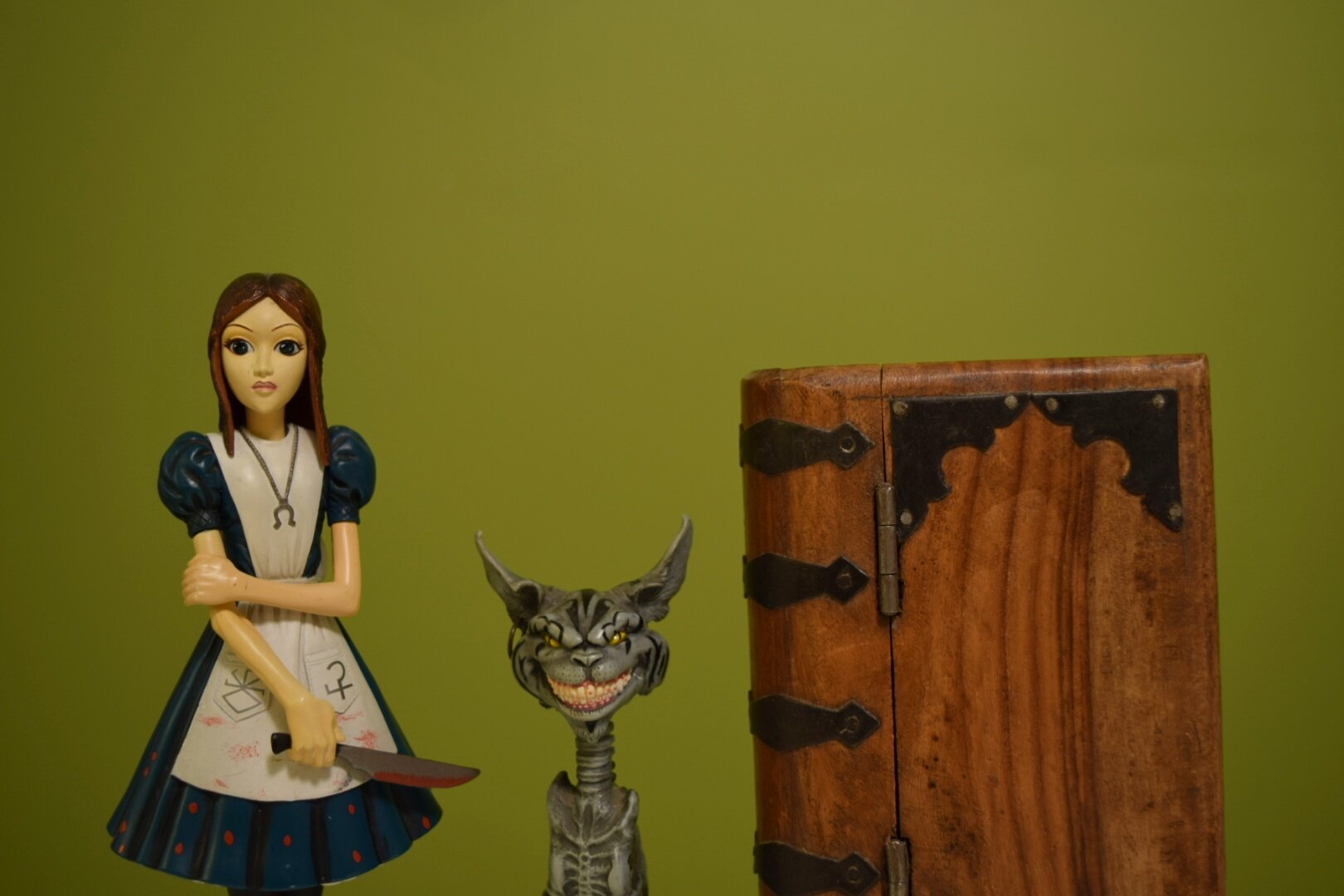



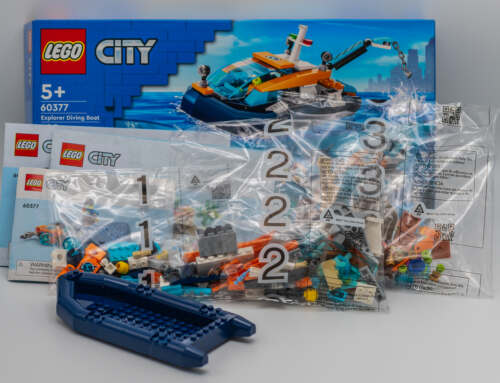
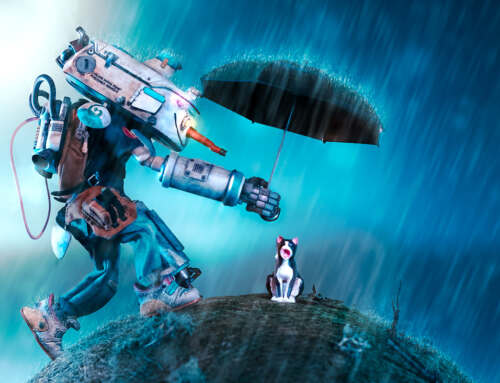
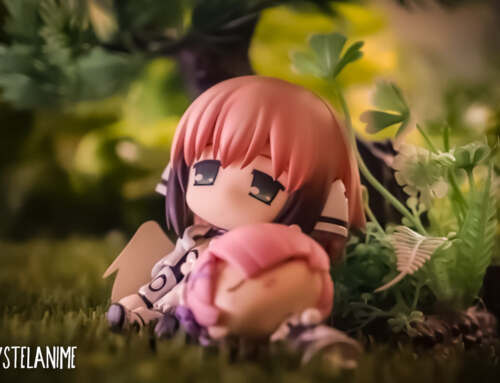
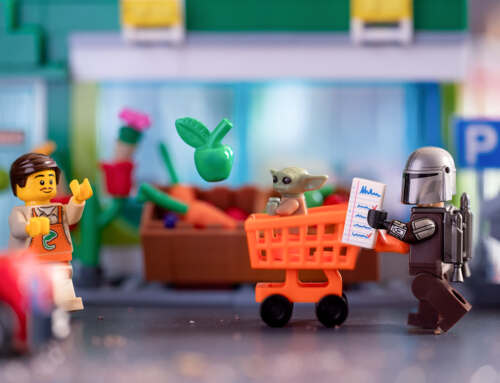
Super interesting read! It kind of reminds me of the idea in quantum physics, where you cannot measure something until it is observed. And by observing it you are altering its reality and quantum state. Philosophy and science aside, I love your series of photographs! Great concept and lovely pictures!
Quantum physics sounds like it could be a great photo project. I think I’m going to look into that. Thank you for sharing these thoughts! Are you a photographer? Maybe we could do something together. Maybe a project based on the quantum idea of an object existing in two places at the same time?
Sorry for the super late reply! Yeah, there’s definitely some crazy and interesting quantum ideas that could be explored in a photo project (quantum entanglement, quantum superposition and Schrodinger’s cat for example). Yeah, I’m mainly a Lego photographer but I’m pretty new to this whole toy photography thing so I’m up for anything really! I’m a geologist by trade with a passing interest in quantum physics. Feel free to check out my Instagram (@shtacyp) and let me know if you want to do anything 🙂
I’ve only just started using Lego. We’ll have all the newness going for us!!!
Bravo! I really love your statement – and I love the series that you made, it’s fun… but the conclusion is the best “The only photograph that tells the truth is one that does not exist. A photograph that does not exist is outside of the influence of the taker and the viewer. It is objectively permanent.” – I love that perspective so thoughtful and just spot on. Thank you!
It was a delightful journey in getting there! One that may not have happened without you. So thank you!